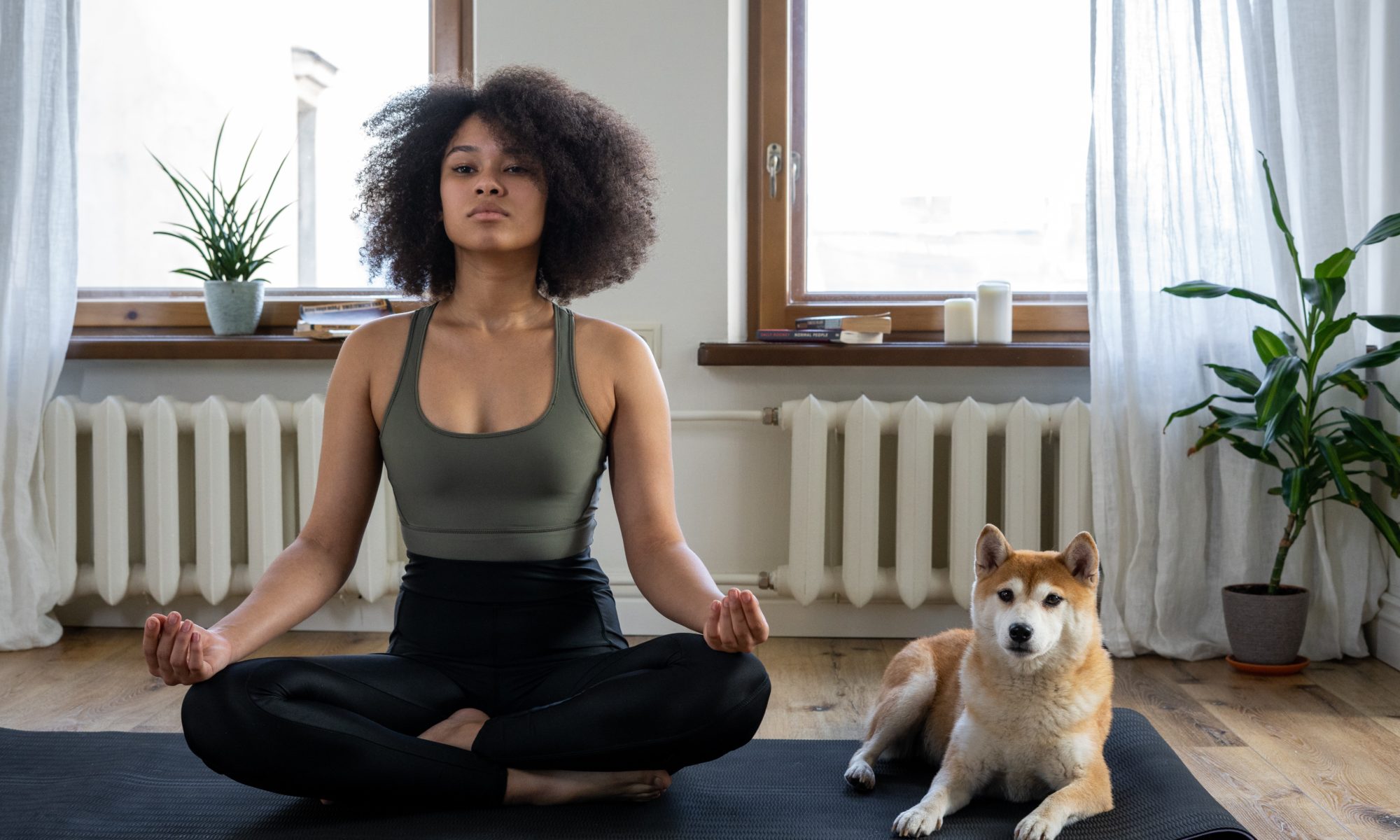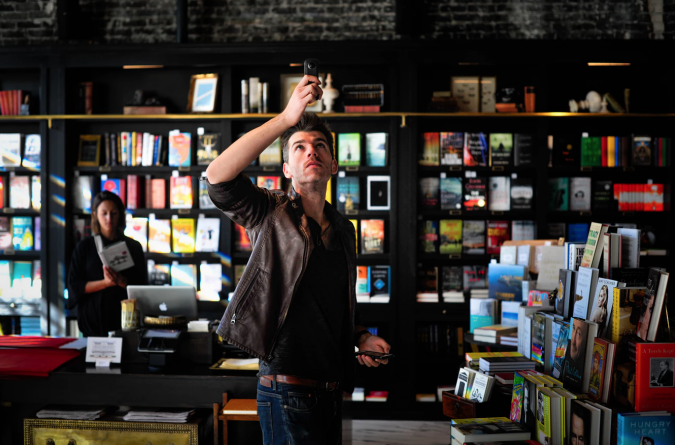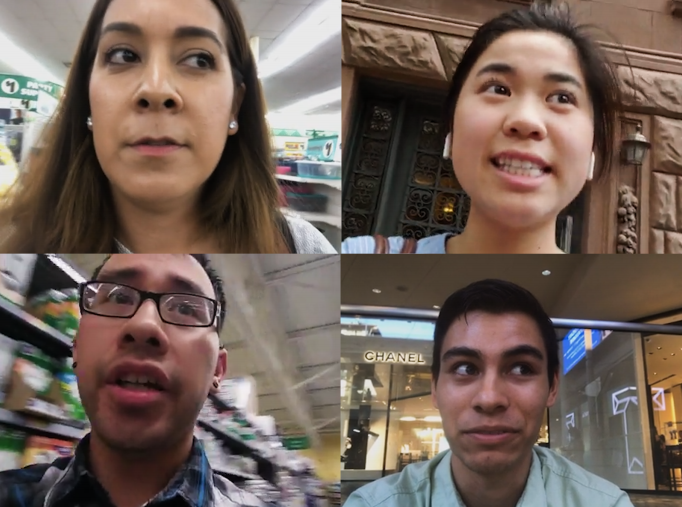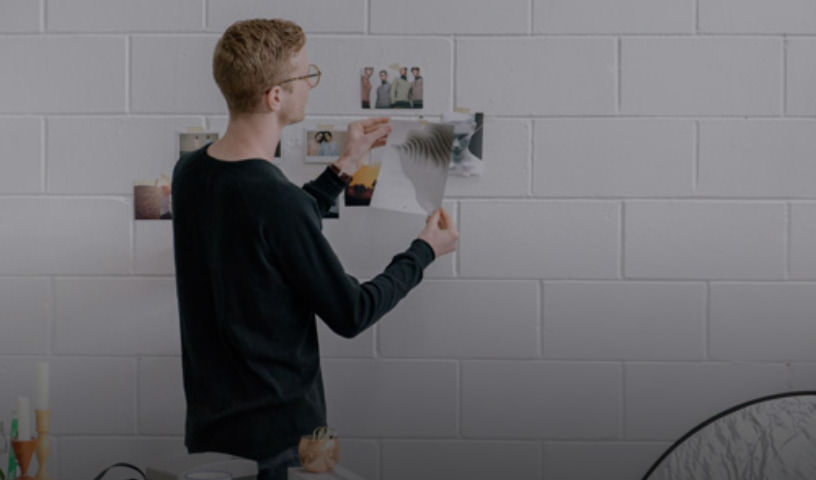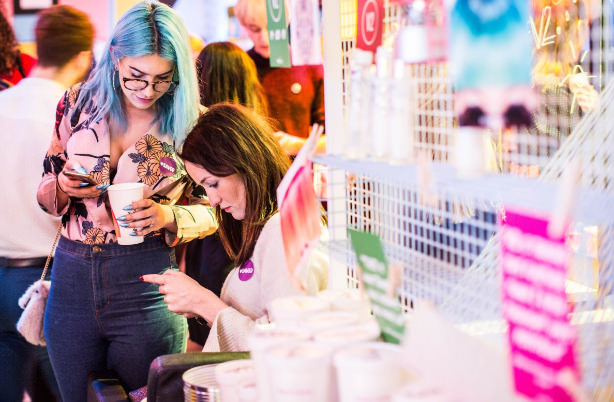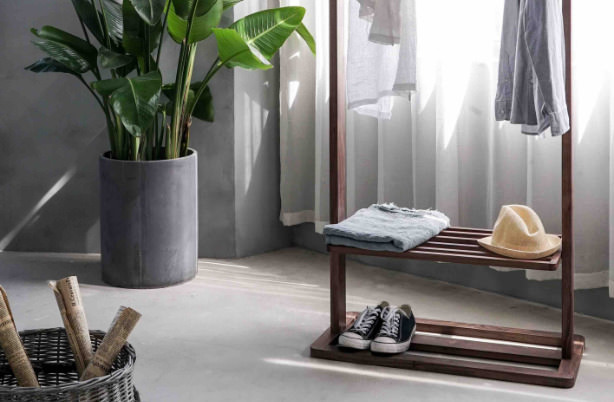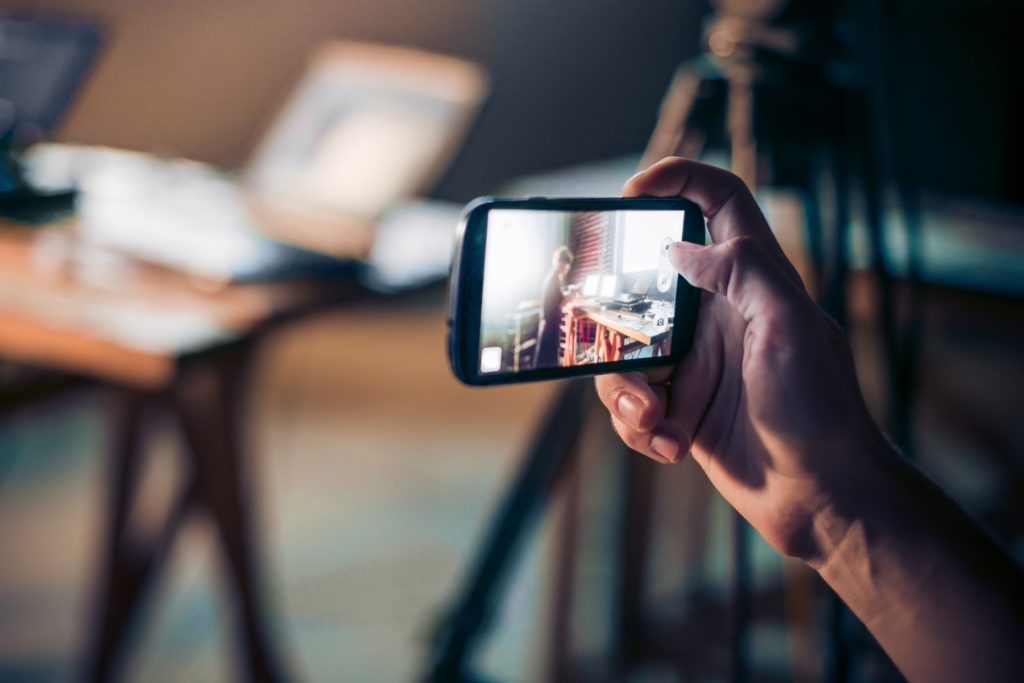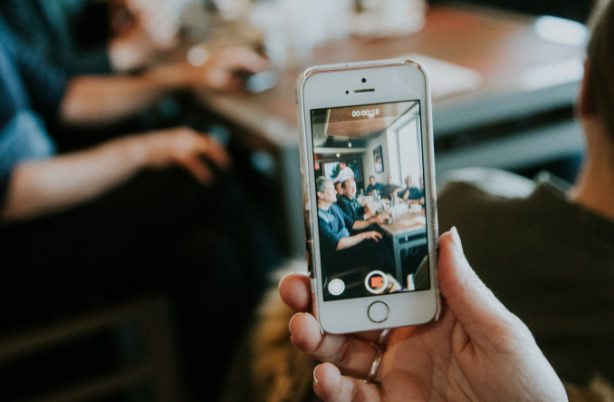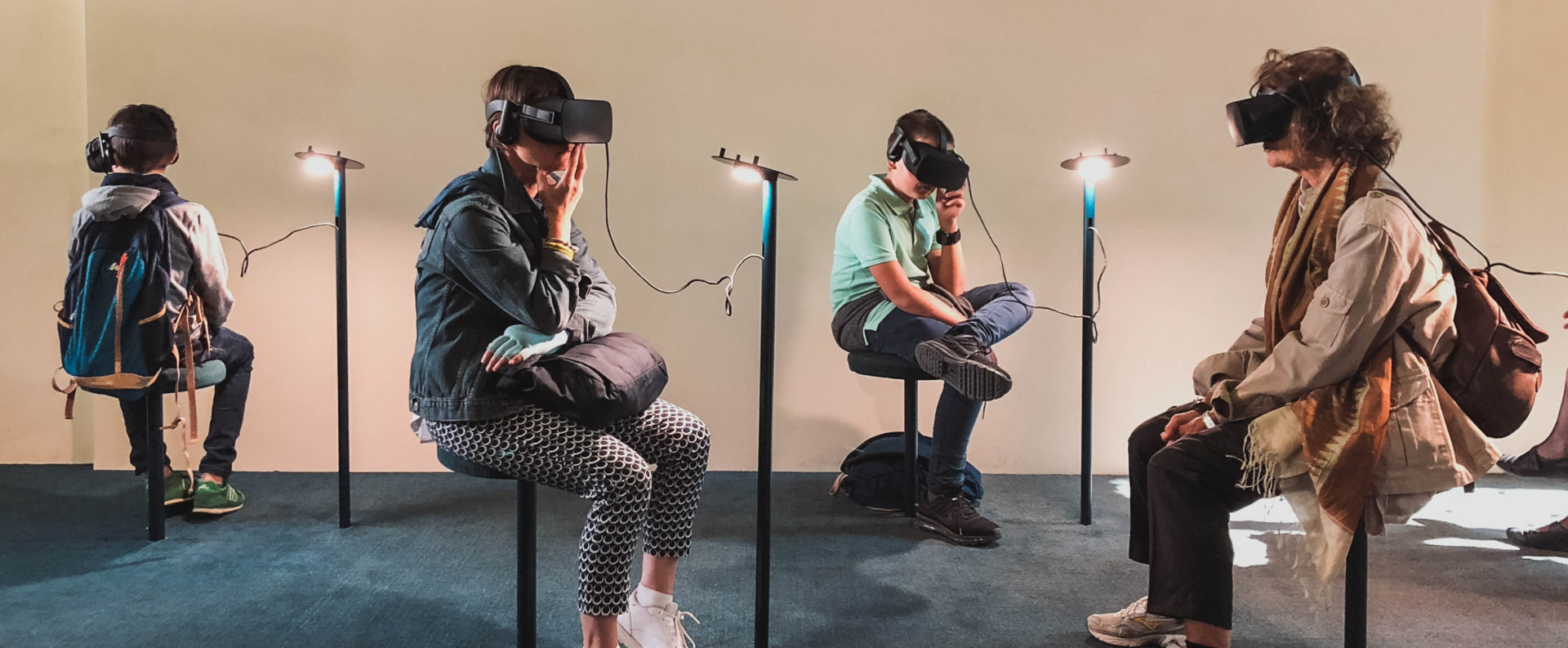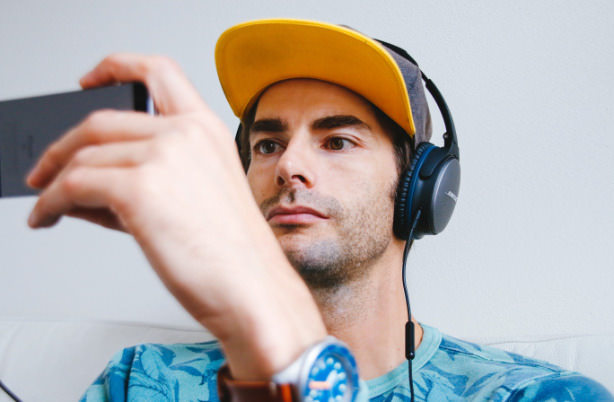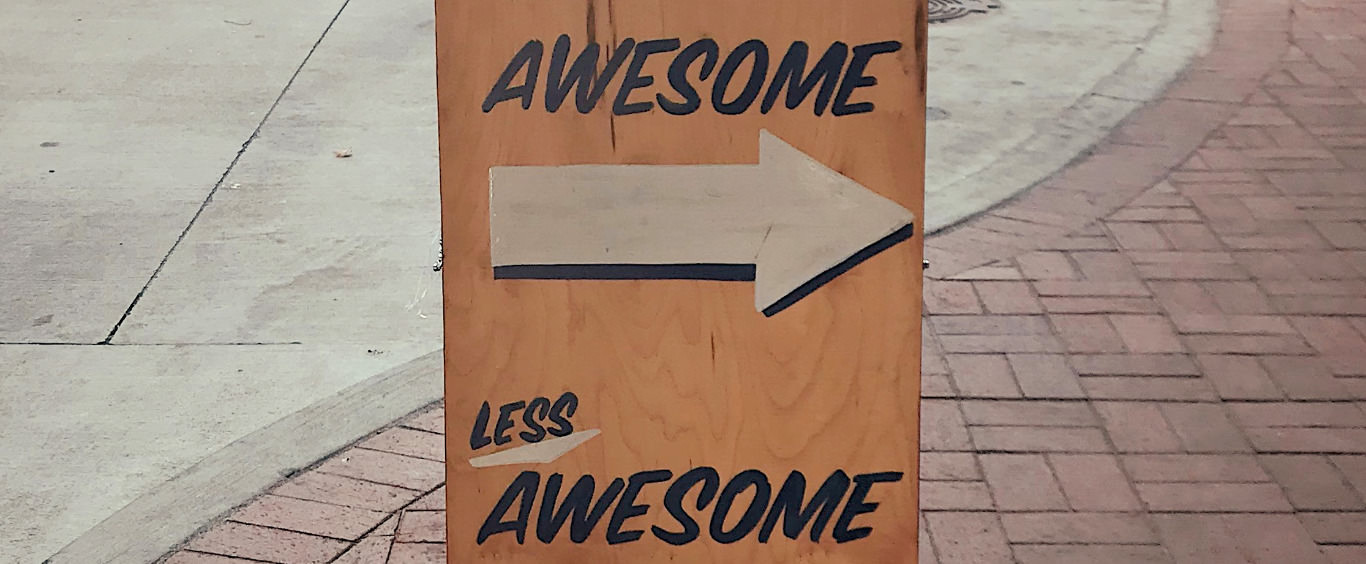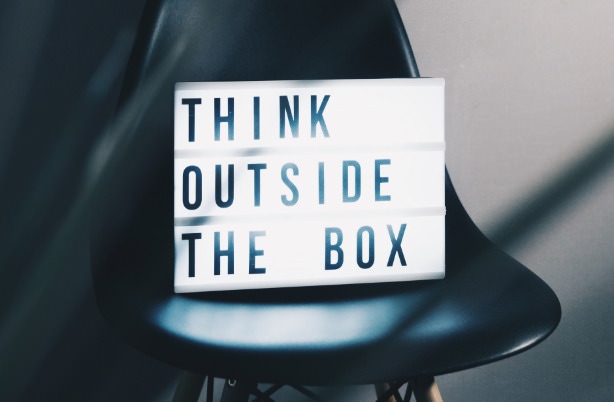3 Things Consumers Are Doing To Change Their Behavior During Covid-19
Covid-19 is affecting all of our lives. But what we really wanted to know was what types of changes have people made? What changes to their behavior might impact their lives well beyond the pandemic?
We wanted to uncover the emotional journey that belie these changes. We had a hunch that the emotional landscape would be largely negative given the overwhelming anxiety that people can experience thanks to the pandemic. What we found surprised us. Here’s how we did it and what we learned.
The Big Question
We conducted this study using a mindswarms mobile video survey to help us empathize with the respondents. The respondents were able to answer independently from the comfort of their homes. We’ve found this to be an effective way of getting unfiltered consumer insights.
We posed the following open-ended question to 100 participants across the country using a mindswarms remote video study:
What changes (big or small) have you made in your life as a result of Covid that you expect to carry over after things eventually return to normal?
To ensure representation from a diverse set of experiences, we invited a mix of ages, genders, political leanings, and sentiment about the pandemic (optimistic, pessimistic, and neutral).
The Big Story: Taking Ownership of a Negative Situation Results in Appreciation and Gratitude
As people have made some adjustments to the ways COVID19 has impacted their lives, there has been a mental reframing to focus on “what really matters.” Instead of the negative sentiments we expected to find, this reprioritization seems to allow people to focus on the positive aspects of their lives.
People mention a few common threads that have been reprioritized in a positive way:
- Spending more time with family and friends
- Working on wellness
- Creating routines
- Working on personal goals
This seems to be an evolution of the emotional landscape. Having passed through the fight or flight stage, people seem to be putting effort into looking forward, and seeing life after the pandemic.
This is not to say that people are no longer worrying about their jobs and health; instead, the current emotional landscape seems to be one of intentional positivity.
Here are the 3 changes that encompass this mental reframing.
OBSERVATION #1:
Making Use of Unstructured Time
We found an interesting dichotomy in terms of how people are interacting with time. As structures around us have been thrown into disarray, people are becoming aware of the power they have to reclaim time as their own.
This has a positive emotional payoff. Even though the negative situations caused by the pandemic have forced more free time on people, they’ve been able to respond with gratitude and fill their days with activities that they have control over.
The Big Story
With all the time people have on their hands now, there is a sentiment around “using it wisely.” It’s one thing to reprioritize what we do with our time, and quite another to reprioritize time itself.
OBSERVATION #2:
Adding Structure to Create Certainty
Owing to the continued uncertainty caused by Covid-19, many people are imposing a structure to the things around them. This is an extension of ownership and control, and the adjustment allows people to feel a sense of certainty while the world at large is in flux. Structure is mentioned in the form of organization, routine, and imposed schedules.
These participants sought to put order into the new lives they’ve been thrust into.
OBSERVATION #3:
Becoming Part of “What Really Matters”
In our study the fact that people are focusing more on “what really matters” came out most in terms of:
- Becoming financially responsible
- Being attentive to health
- Creating time for wellness
- Owning their space
All of these actions embody a sentiment of being responsible. People are habituating responsibility and intend to carry that responsibility well past the pandemic.
How Should Brands Respond
What matters for branding is becoming part of responsibility. Brands who act now to show themselves as being part of what really matters stand to be integrated in the responsibility-focused lives of consumers after Covid-19. Consumers focused on responsible choices will look to brands that are the “responsible choice.”
Remote Research in the time of COVID
Remote mobile video surveys in this study helped us remotely and quickly capture the explicit + emotional responses from a wide variety of people in the United States.
If you’re interested in learning more about using remote mobile video for consumer insights, we’d love to help. Reach out to us to set up a call with our founder Tom Bassett
Special thanks to the people who shared their personal stories and insights with us as part of this mindswarms study.

